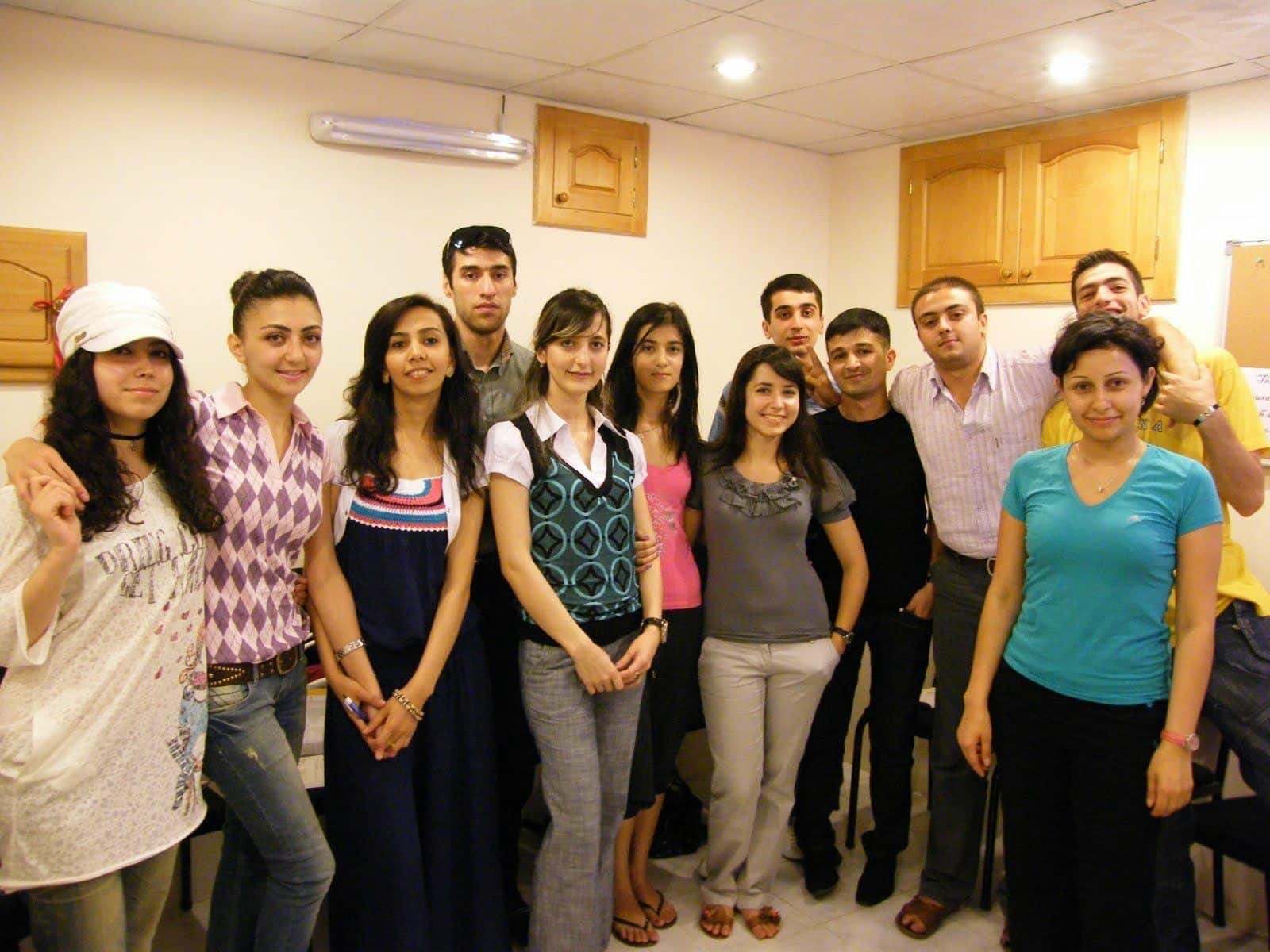 General
General
Sustainable Materials for Baby Wear: A Greener Choice for…
As consumers become more environmentally conscious, sustainable materials are becoming increasingly popular in fashion. Sustainable materials are those that cause little to no harm to the environment, and they are ethical and socially responsible from supply chain to end product. Babywear has also come a long way in terms of sustainability, and parents are now presented with a more eco-friendly and safe clothing option for their little ones. In this article, we’ll explore different types of sustainable materials for baby wear that aid in reducing the impact on the environment.
Organic Cotton
The demand for organic cotton has been increasing for some time now, and it’s an excellent eco-friendly alternative to conventional cotton, which is grown using synthetic fertilizers and pesticides. Organic cotton is grown without the use of harmful chemicals and therefore is less polluting to the environment, and it’s safer for your baby’s skin. It’s also softer and more durable than traditional cotton, making it a great option for babywear.
According to the Global Organic Textile Standard, organic cotton is also an excellent choice because it’s biodegradable, which means it will not pollute the environment when it’s disposed of.
Bamboo
Bamboo is another eco-friendly alternative that’s gaining popularity in babywear. It’s a fast-growing plant that doesn’t require pesticides and herbicides, making it an excellent sustainable material. Although it’s not technically a tree, bamboo is considered a type of forest. It’s durable, antimicrobial, and moisture-wicking, making it perfect for babywear.
Furthermore, bamboo fabric is hypoallergenic, meaning it’s less likely to cause an allergic reaction than synthetic alternatives since the material is completely natural. Therefore, it’s a great option for parents whose children have allergies or sensitive skin.
Hemp
Just like bamboo, hemp is another eco-friendly alternative used to make sustainable baby clothes. It grows quickly and without the need for fertilizers and pesticides. The fabric is stronger and more durable than cotton and is soft and comfortable for babies to wear. Additionally, hemp is ideal for babywear because it’s naturally breathable and porous, allowing for excellent airflow around the child.
Another bonus is that hemp is biodegradable, meaning it breaks down naturally when it’s disposed of, making it an environmentally sound choice.
Recycled polyester
Recycling is an excellent way to reduce waste and save energy, and recycled polyester is a great choice for babywear. It is made from recycled plastic bottles, which helps reduce landfill waste and saves energy because it takes less energy to create recycled polyester than virgin polyester.
Another benefit of recycled polyester is that it’s breathable, moisture-wicking, and quick-drying, making it an ideal choice for babywear.
Conclusion
As parents become more environmentally and socially conscious, the demand for sustainable materials for babywear is increasing. Sustainable materials like organic cotton, bamboo, hemp, and recycled polyester are excellent choices for environmentally friendly and safer baby clothes. Not only do they protect the environment, but they’re also healthier for your baby since they’re free from pollutants and harmful chemicals. By making sustainable choices, we can help contribute to creating a better future for our little ones. Looking to delve further into the topic? Learn from this detailed guide, we’ve prepared it especially for you. In it, you’ll discover useful details to broaden your understanding of the subject.
Access the related links and continue learning about the topic:
Investigate this in-depth study






































